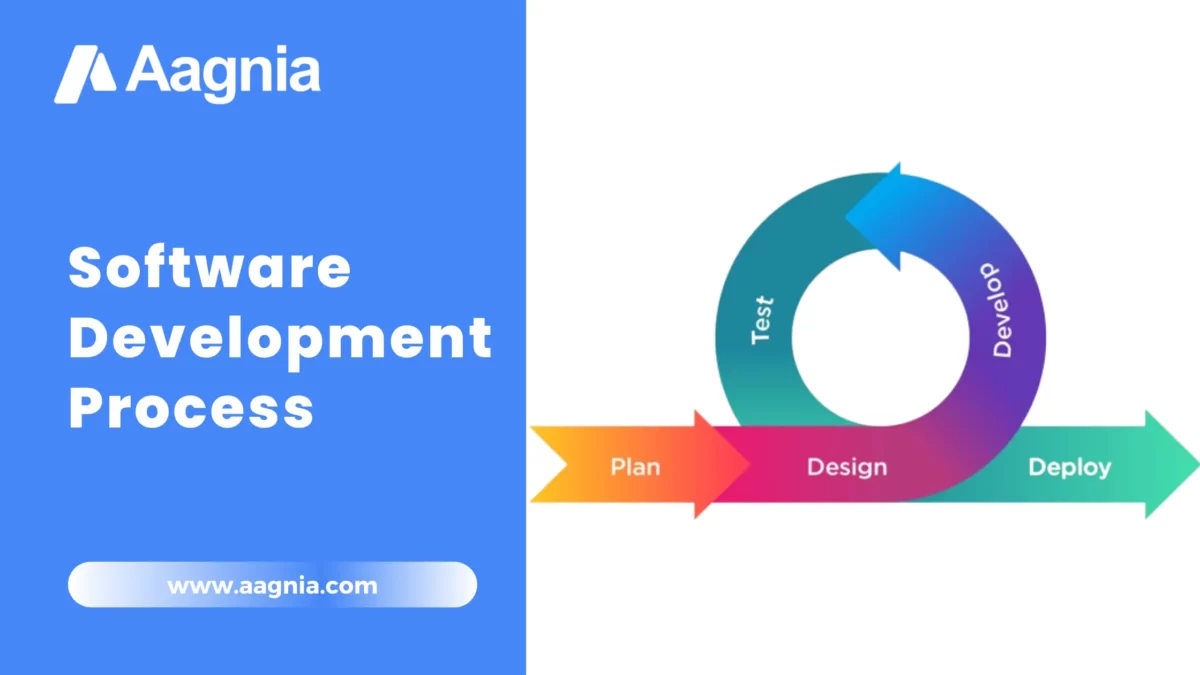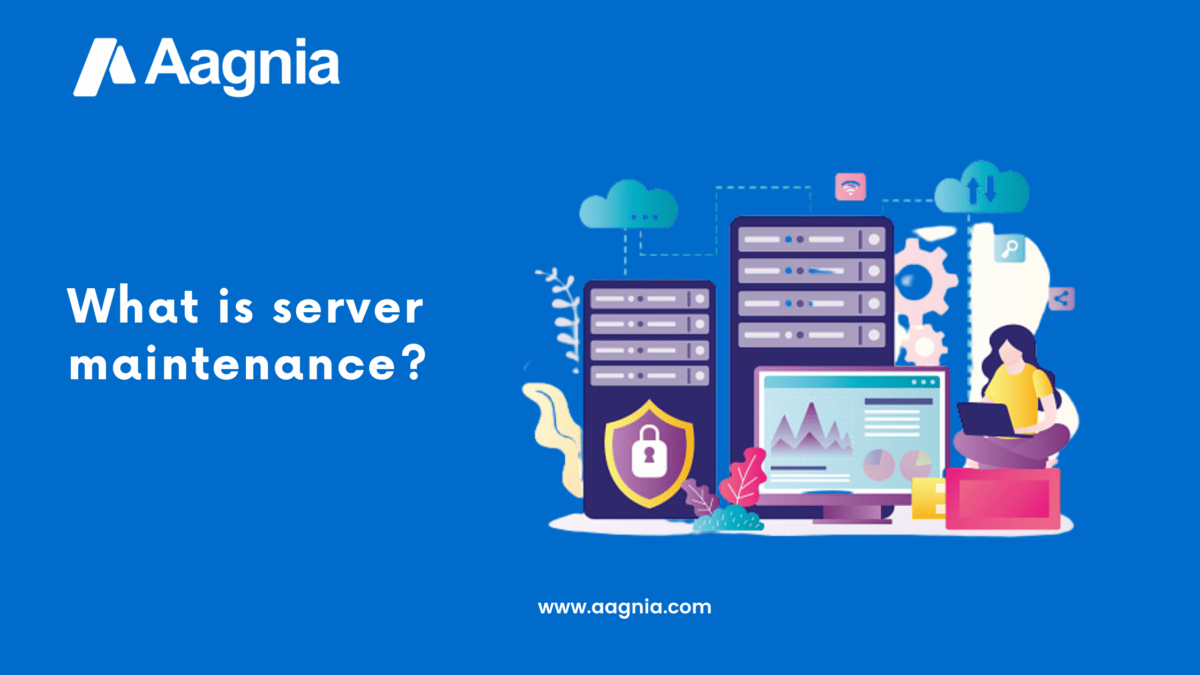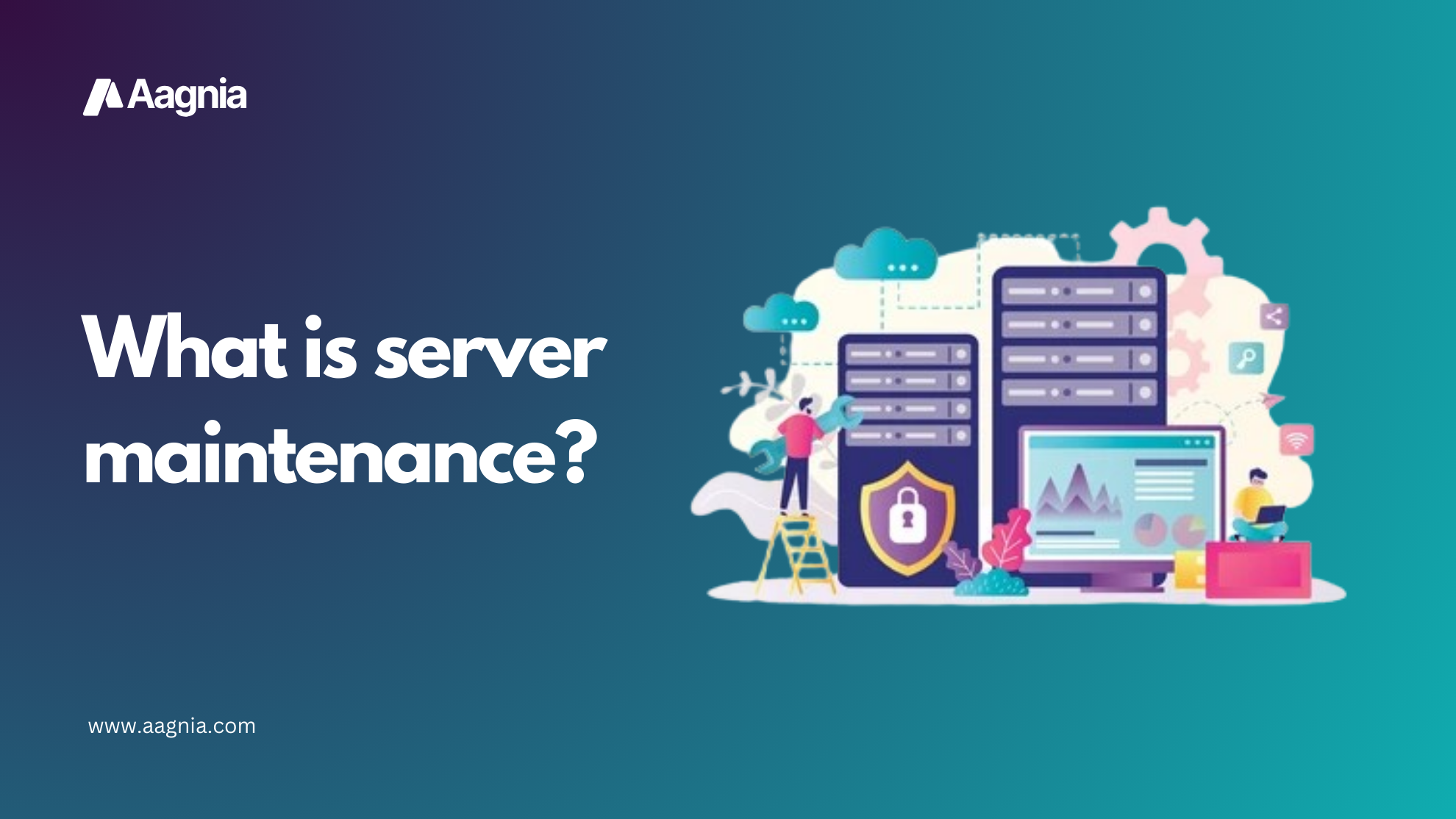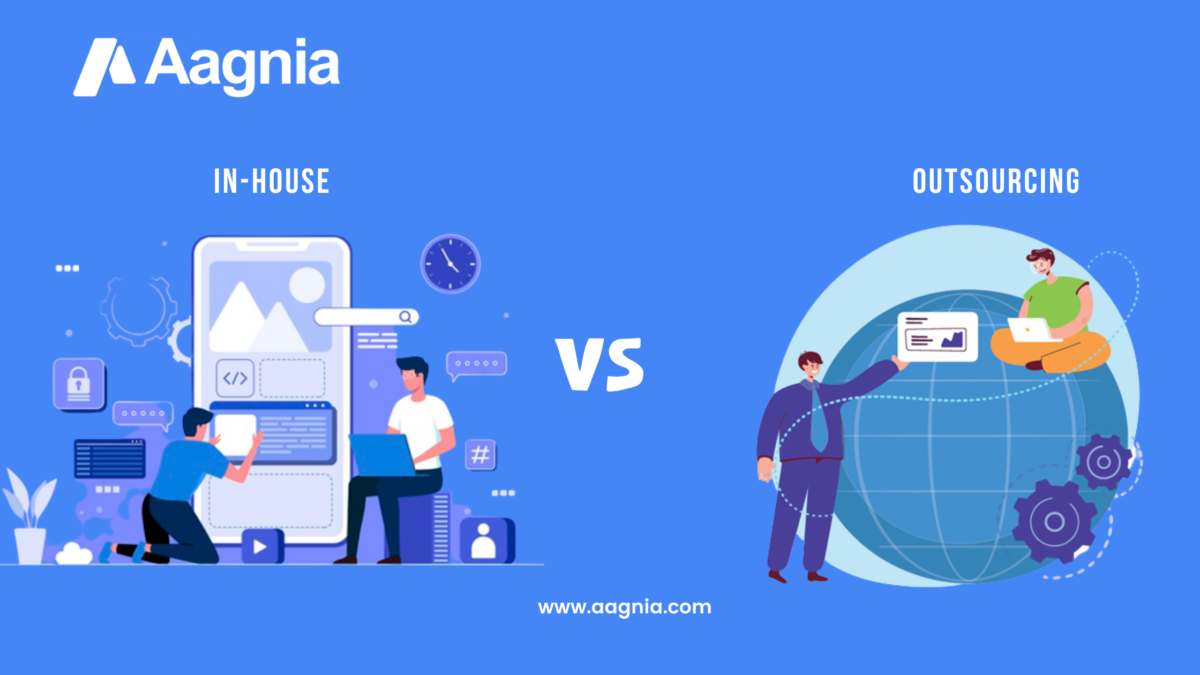
Low Code vs. No Code vs. High Code: Which Is Better and Why?
There was a time when organisations relied on developers to create a software application from the ground up by writing code. However, in today’s technologically driven world, developers no longer need to be a master of all exchanges.
The actual burden of digital innovation and its experiences has affected all areas of business, including users, customer teams, marketers, and many others. With so many technologies available around the world, modern development necessitates the use of cutting-edge solutions to deliver new services and applications.
By adopting the best approaches, modern applications should not eliminate the old-age component-based design methods. Services and components can be coupled into various application categories with higher reliability and uniformity.
However, choosing the right assembly model to ensure the success of any project is not easy. As a result, these assembly models can be divided into three categories: Low Code, No Code, and High Code.
Each assembly model has its own set of advantages. Of course, combining these approaches is required to meet all business requirements. To implement this modern development strategy, it is critical to thoroughly understand each assembly’s advantages and disadvantages.
So, without further ado, let’s break down what low code, no code, and high code are.
Crucial Distinctions: Low Code vs. No Code vs. High Code:
The rise of various methodologies and web tools has forced many professionals with no coding knowledge to play a significant role in providing excellent customer service.
So, let’s go over each method briefly.
Low Code Development:
Developers hope to create a modular platform with self-service capabilities that will allow business users to control the experience’s assembly using a low-code development platform. They can also create powerful components that can be used in a variety of applications.
Low-code solutions are generally beneficial for speed and collaboration. Low-code solutions rely on pre-built components and capabilities that can be reorganised to create different experiences.Low-code solutions are generally beneficial for speed and collaboration. Low-code solutions rely on pre-built components and capabilities that can be reorganised to create different experiences.
Low code development improves the collaboration between developers and marketers. Developers create the components, while marketers put them together to provide a better customer experience. This will result in faster market time and overall customer satisfaction because marketers will be able to easily convert detailed information into actions.
Because of concerns about security and functionality, developers have traditionally been hesitant to embrace the rise of low code/no code solutions. Still, there are ways to incorporate governance and regulations into the components and systems that are used.
Low-code can also refer to an app created with a no code/low code development platform but supplemented with code.
Many platforms, for example, allow you to add additional functionality to the frontend by adding raw HTML, JavaScript, or CSS.
No Code Development:
Business users and marketers are at the forefront of No code development. Once deployed, the No code platform does not require any coding knowledge to write a single line of code. In reality, they rely on configuration, forms, and a few tools to manage the experience.
No code solutions are used to manage specific department issues, such as page content updates, without diverting the developer’s attention away from other projects. They can also be used in nature to scale more cookie-cutter systems.
No code tools, on the other hand, are limited to developing new platforms or introducing large-scale innovations. They are typically difficult and expensive to extend, despite being quick to configure and operate. Furthermore, their adaptability is frequently limited.
High Code Development:
High code development is also known as traditional code development or full code development. Developers can build and deploy code with high code development. This assembly method is ideal for applications where the code must be linked to the user’s experience.
Developers frequently use javascript frameworks such as Angular or React, as well as frameworks designed specifically for mobile or native applications. To deliver content and data, a headless CMS or other API-based services are commonly used.
This method is ideal for developing a “code-oriented” experience that is closely related to code deployment. External systems can handle and update content and data on demand, but developers are in charge of the actual experience and interface.
When using a high code method, however, businesses are reliant on developer resources. When the developer’s attention is required for everything, the actual time is consumed by working on new features and improvements.
Use low code or no code development functionality for your project if it meets your needs. If you want to scale your product, you’ll need to use custom code. So, contact a low code/no code development company that is willing to help you implement and scale your idea.
Do you require Custom App Development?
Looking for experienced App Developers to create a web app from the ground up, or do you want us to get started on an existing project? Get your no-obligation expert consultation today!

Join our news Letter
- Revolutionizing Parking Management A Real-Time Example
- The Importance of Regular Application Maintenance
- Logistics Software Solutions and Software Development
- Software Development Services for SMEs
- How Does IoT Aid Businesses in a Variety of Industries
- But what exactly is IoT – What does it mean for manufacturers – How can you use IoT to improve your business
- How to outsource custom software development Services
- 5 Reasons Why You Need To Outsource Software Development
- Why You Need A Cloud Strategy
- The Cloud Is Changing Everything, Here’s How To Make It Work For Your Business























